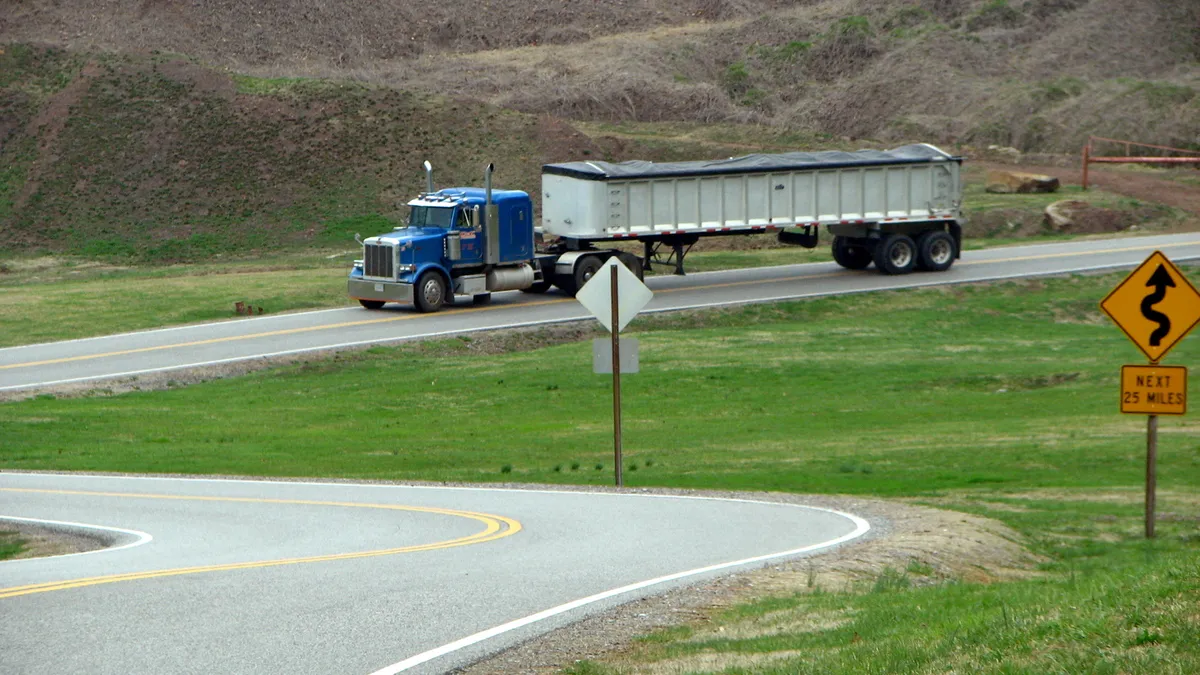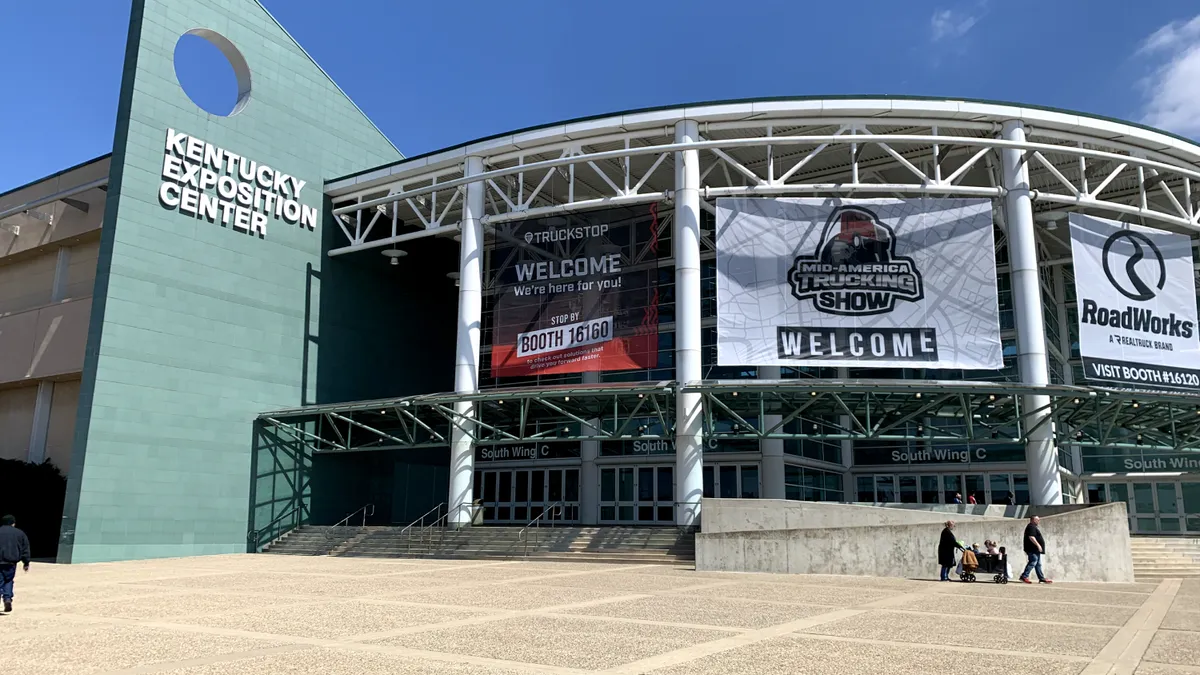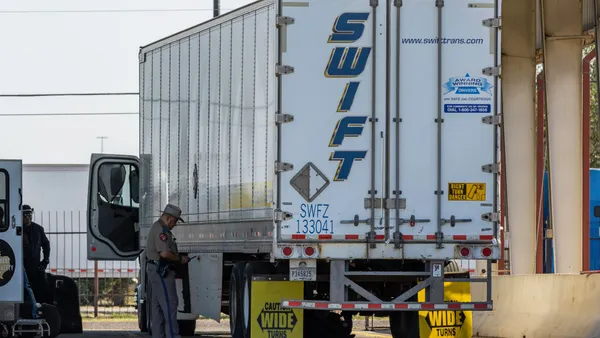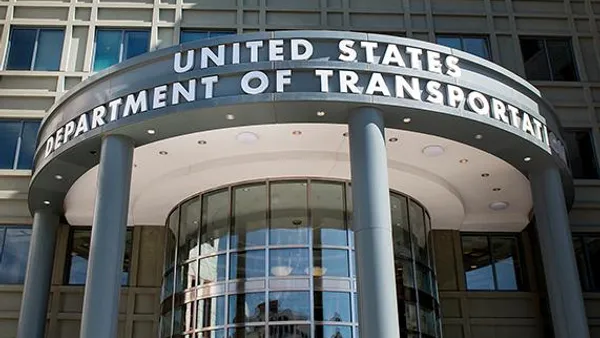After many months in the making, FMSCA’s final HOS rules are set to take hold next week. The rule changes received mixed reviews from the various parties affected, but most fleets welcome them and are educating their drivers and back offices on how to comply.
Technology, whether email, video distribution or some other format, is playing a key role in training for the updates. Instructional Technologies recently held a webinar designed to help fleets ensure their drivers are up to speed.
"Because trucking is a 24/7 business, technology makes it convenient for drivers to learn on their own timetable," said Instructional Technologies Senior Training Specialist Roy Broomfield. "It can be challenging to provide training without impacting the capacity to service customers. Technology bridges that gap."
It also makes training easier in the midst of the pandemic. "The trucking industry has traditionally been a very hands-on, instructor-led field,” Broomfield pointed out. "The pandemic has forced a paradigm shift on how to reach drivers if we must eliminate or reduce human contact."
Lessons learned and reinforced
The biggest point of change in the HOS regulations deals with the flexibility of on- and off-duty cycles.
Brian Hildebrant, safety compliance manager for Gulick Trucking, said his company has been working to ensure driver compliance. "We’ve been rolling out information section by section," he said. "We’ve taken a multi-pronged approach, delivering the details in a variety of ways."
Hildebrant was one of a couple hundred participants in the webinar delivered by Instructional Technologies.
"When you can deliver a consistent message over and over, there’s little room for misinterpretation."

Roy Broomfield
Senior Training Specialist at Instructional Technologies
"We’ve had several questions from our drivers over the past few months as we’ve presented them with information on the updates," Hildebrant said. "Since attending the webinar, we’ve been able to add a five-minute video for them, too."
An advantage to technology is that it can provide a way to reinforce a message. "The HOS changes are very regulatory and [compliance] heavy,” said Broomfield. "When you can deliver a consistent message over and over, there’s little room for misinterpretation."
That layering effect is exactly what Gulick has accomplished with its driver training. "Once our drivers have watched the video we gave them, they can continue to listen to it while driving," said Hildebrant. "It reinforces what they’ve learned."
ELDs take out the guesswork
Part of the HOS rollout also involves the electronic data logs fleets use. Broomfield said most fleets didn’t develop an ELD on their own and are dependent on the device manufacturers to ensure the updates are loaded and ready to go.
Dave MacMillan, co-owner of Smart Trucking, an industry consulting firm, said ELDs go a long way in ensuring compliance. "It can be tough for the average driver to keep up with all the regulatory changes," he said. Fleets must ensure drivers get training on whichever ELD the company uses and that the ELD manufacturer updates the device for HOS changes.
MacMillan said fleets should remain vigilant with ELD oversight, too. "Generally, fleets can back check the devices to make sure they are up to date," he said.
Hildebrant said Gulick has checked that box. "We’ve been proactive in communicating with our ELD manufacturer to make sure we have compliance when the changes take effect," he said.
Train, rinse, repeat
HOS violations are among the most common reasons inspectors put drivers out of service. That's why it's beneficial for fleets to conduct refresher trainings, said Broomfield. "Information is knowledge and power for the drivers."
Hildebrant agreed. "We have a single terminal and drivers throughout 48 states," he said. "We rely heavily on technology and training to remain compliant."

Broomfield recommends fleets continually inform their drivers on the updates and said there’s no such thing as too much communication in that regard. "Any training you can provide, whether posters, online training, in-person training, is good," he said. "There is a lot of misinformation that gets passed around by drivers, so training can help overcome that and ensure you are in compliance."













